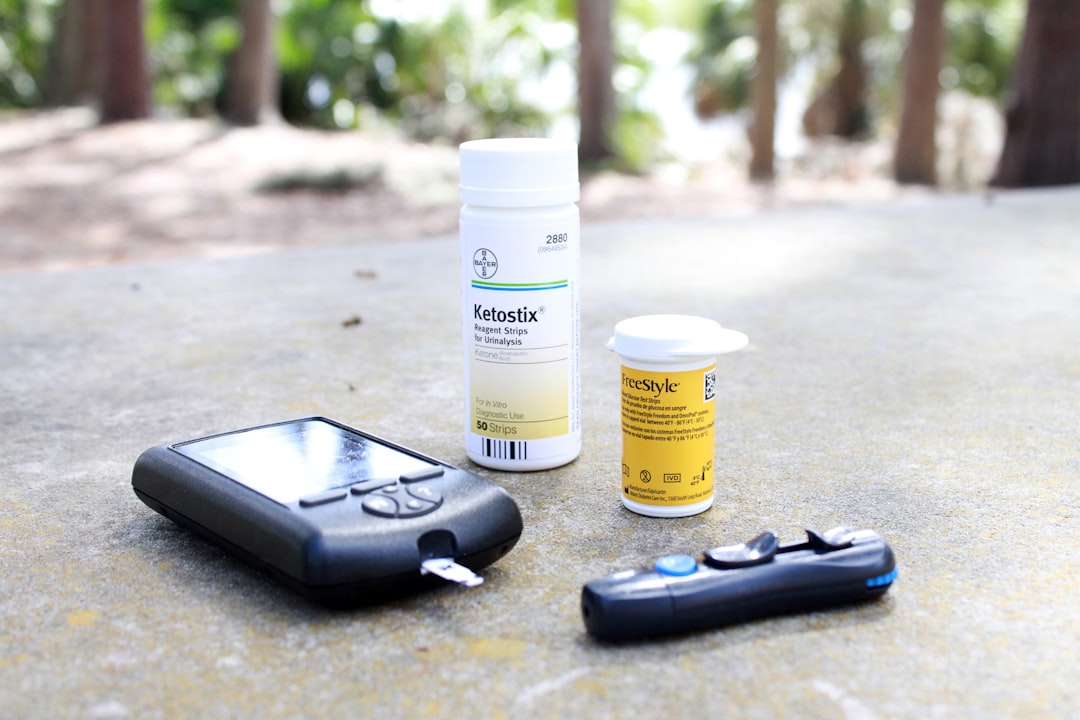
Reliable Disaster Recovery Strategies for Critical Business Operations
In today’s fast-paced world, businesses must be prepared for any crisis that could disrupt their operations. This is especially true for health-related businesses, where the stakes are high, and the consequences of disruption can be dire. A reliable disaster recovery strategy is essential for ensuring that critical business operations continue smoothly, even in the face of adversity. In this guide, we will explore effective strategies that can be implemented to safeguard health and wellness businesses against potential disasters.
Understanding Disaster Recovery in Health and Wellness
Disaster recovery refers to a set of policies and procedures aimed at enabling the recovery or continuation of vital technology and systems following a natural or human-induced disaster. For health-related businesses, this means not only protecting physical assets but also safeguarding patient data, ensuring staff safety, and maintaining continuity of care.
Key Components of a Reliable Disaster Recovery Strategy
1. Risk Assessment and Business Impact Analysis
The first step in developing a disaster recovery strategy is identifying potential risks. This includes natural disasters like floods and hurricanes, as well as man-made incidents such as data breaches or pandemics. Conducting a thorough business impact analysis (BIA) will help you understand how different types of disruptions can affect your operations. This process involves assessing:
- Critical functions: Identify which operations are essential for maintaining business continuity.
- Dependencies: Understand what resources (staff, technology, data) are necessary for these critical functions.
- Impact: Evaluate the potential financial, legal, and reputational costs associated with disruptions.
2. Developing a Comprehensive Recovery Plan
Once you have assessed the risks, it’s time to develop a comprehensive recovery plan. This should include:
- Emergency Response Procedures: Outline steps to take immediately following a disaster to ensure safety and protect critical resources.
- Communication Plan: Establish clear communication channels for staff, clients, and stakeholders. This ensures everyone is informed and knows what to do during a crisis.
- Data Backup and Recovery: Implement regular data backups and develop a procedure for restoring information quickly and securely.
3. Training and Drills
A plan is only as good as the people who execute it. Regular training and drills should be conducted to ensure that all staff members are familiar with the disaster recovery plan. This will not only enhance their preparedness but also help identify any gaps in the plan.
- Simulation Exercises: Conduct mock drills that simulate various disaster scenarios to test the effectiveness of your recovery strategy.
- Feedback Mechanism: After each drill, gather feedback from participants to refine and improve your strategy.
4. Collaborating with Health Partners
Partnerships with other health organizations can be invaluable during a disaster. Establishing relationships with local hospitals, pharmacies, and public health agencies can facilitate resource sharing and coordinated response efforts.
5. Investing in Technology
Leveraging technology can significantly enhance your disaster recovery efforts. Consider investing in:
- Cloud Storage Solutions: Using cloud services for data backup allows for easy access and recovery from any location.
- Telehealth Capabilities: During crises like pandemics, offering telehealth services can ensure continued patient care while minimizing health risks.
Common Misconceptions About Disaster Recovery
One common misconception is that disaster recovery is only necessary for large organizations. In reality, small and medium-sized businesses are equally susceptible to disasters and should also have a recovery strategy in place.
Another misconception is that once a plan is created, it doesn’t need to be revisited. In truth, disaster recovery plans must be regularly updated to reflect changes in business operations, technology, and emerging threats.
Conclusion
Implementing reliable disaster recovery strategies for critical business operations is crucial for health and wellness providers. By conducting thorough risk assessments, developing comprehensive recovery plans, training staff, collaborating with partners, and investing in technology, businesses can significantly mitigate the impact of disruptions on their operations.
As you navigate your wellness journey, consider creating or revisiting your disaster recovery strategy to ensure that you are prepared for any unforeseen challenges.
For further reading on disaster recovery strategies, consider exploring resources from FEMA or CDC’s Emergency Preparedness.
By prioritizing your health and wellness and being prepared, you can ensure that your business continues to thrive even in the face of adversity.


